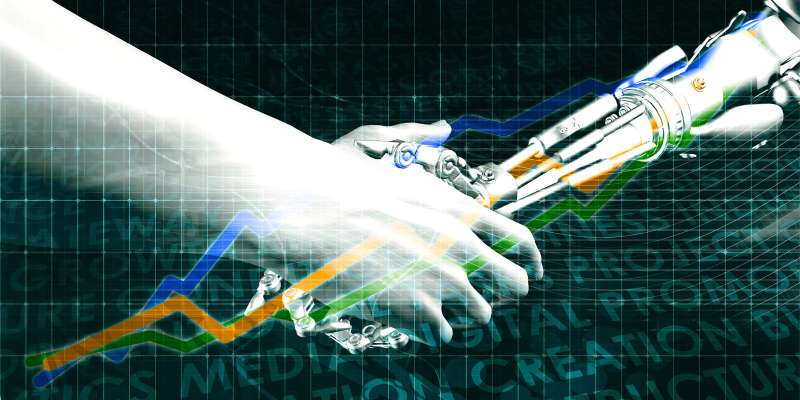The Impact of AI on High-Frequency Trading
The Impact of AI on High-Frequency Trading Introduction High-frequency trading (HFT) is one of the most intriguing innovations in the financial sector. Combining advanced algorithms with lightning-fast execution speeds, it’s reshaping how markets operate. But what happens when artificial intelligence (AI) is added to the mix? In this article, I’ll take you through the evolution of HFT and explore how AI is redefining trading, highlighting the benefits, challenges, and future implications. The Role of AI in High-Frequency Trading AI has emerged as a game-changer in HFT. Traditional trading relies heavily on human intuition, but AI in hedge funds and trading […]

The Impact of AI on High-Frequency Trading
Introduction
High-frequency trading (HFT) is one of the most intriguing innovations in the financial sector. Combining advanced algorithms with lightning-fast execution speeds, it’s reshaping how markets operate. But what happens when artificial intelligence (AI) is added to the mix? In this article, I’ll take you through the evolution of HFT and explore how AI is redefining trading, highlighting the benefits, challenges, and future implications.
Table of Contents
The Role of AI in High-Frequency Trading
AI has emerged as a game-changer in HFT. Traditional trading relies heavily on human intuition, but AI in hedge funds and trading systems takes decision-making to a whole new level.
AI in HFT works by:
- Identifying Patterns: AI algorithms analyze massive datasets to detect trends humans might overlook.
- Predictive Analytics: Using past market behavior, AI predicts future movements with impressive accuracy.
- Real-Time Decisions: AI processes data in milliseconds, enabling instant trading decisions.
Imagine a system that not only executes trades but also learns from its mistakes. That’s what adaptive algorithms are achieving today. They evolve by analyzing data, continually improving strategies without direct human intervention.
Benefits of AI in High-Frequency Trading
AI doesn’t just make trading faster; it makes it smarter.
Key benefits include:
- Speed and Efficiency:
AI enables trades to execute within microseconds, capitalizing on fleeting opportunities. - Enhanced Market Predictions:
By leveraging deep learning, AI systems excel at predicting market crashes or sudden surges, giving traders a significant edge. - Cost Efficiency:
Automation reduces the need for large teams of traders, cutting operational costs. - Scalability:
With AI, trading firms can handle massive volumes of data and transactions seamlessly.
The debate between AI vs. human fund managers often highlights these advantages. While humans provide creativity and judgment, AI delivers speed and consistency unmatched by manual systems.
Challenges and Risks of AI in High-Frequency Trading
Despite its advantages, AI in HFT is not without challenges.
Technical Limitations:
- Latency Issues: Even minor delays can impact AI performance in ultra-fast markets.
- Overfitting Models: AI systems sometimes “learn” patterns that don’t generalize well in real markets, leading to errors.
Market Risks:
- Flash Crashes: Automated systems, if improperly managed, can cause abrupt and massive market movements.
- Amplified Volatility: Rapid trades by AI systems can destabilize markets.
Regulatory Concerns:
- The lack of transparency in AI decision-making processes poses a significant challenge for oversight.
- Regulators often struggle to keep pace with technological advancements in HFT.
To address these risks, some firms are focusing on integrating AI predicting market crashes into their risk management frameworks, ensuring better control during market turbulence.
Case Studies: Success Stories of AI in HFT
Several firms have demonstrated how AI can revolutionize trading strategies.
Two Sigma:
- A pioneer in AI in hedge funds, Two Sigma uses machine learning to analyze vast amounts of data and identify profitable trades.
- By combining quantitative strategies with AI, the firm consistently outperforms traditional trading methods.
Citadel Securities:
- This HFT powerhouse employs AI to enhance arbitrage strategies and market-making.
- AI algorithms allow the firm to execute millions of trades daily with minimal risk.
These success stories reveal the profound impact AI has on market performance. They show how technology is outpacing traditional methods and delivering unmatched results.
Ethical and Regulatory Implications
With great power comes great responsibility, and the rise of AI in HFT is no exception.
Ethical Concerns:
- Market Fairness: Does AI give an unfair advantage to those who can afford it?
- Job Displacement: As AI systems replace traders, what happens to human jobs in the financial sector?
Regulatory Challenges:
- International markets are struggling to create consistent regulations for AI-driven trading.
- Balancing innovation with oversight is a delicate task, especially when dealing with opaque algorithms.
For AI to truly thrive in HFT, firms and regulators must collaborate to establish ethical and transparent practices.
The Future of AI in High-Frequency Trading
The future of HFT lies at the intersection of AI and cutting-edge technologies.
Emerging Trends:
- Alternative Data Sources: AI systems are increasingly using non-traditional data like social media sentiment to inform decisions.
- Quantum Computing: Imagine AI-powered trading systems with the processing power of quantum computers—this could redefine trading speed and accuracy.
Balancing Innovation and Stability:
As AI evolves, the focus must shift from merely optimizing profits to ensuring market stability. Firms must build systems that prioritize ethical practices and align with broader financial goals.
Conclusion
AI is transforming high-frequency trading, offering unparalleled speed, accuracy, and scalability. By incorporating AI technologies, trading firms are not only gaining a competitive edge but also reshaping the financial landscape.
However, the journey is not without its challenges. From technical limitations to ethical concerns, the industry must navigate a complex web of issues to fully realize AI’s potential.
As we look ahead, the future of HFT seems inseparable from AI innovation. Whether it’s AI vs. human fund managers, the integration of AI in hedge funds, or AI predicting market crashes, one thing is clear: AI is here to stay, and its impact on trading will only grow stronger.























































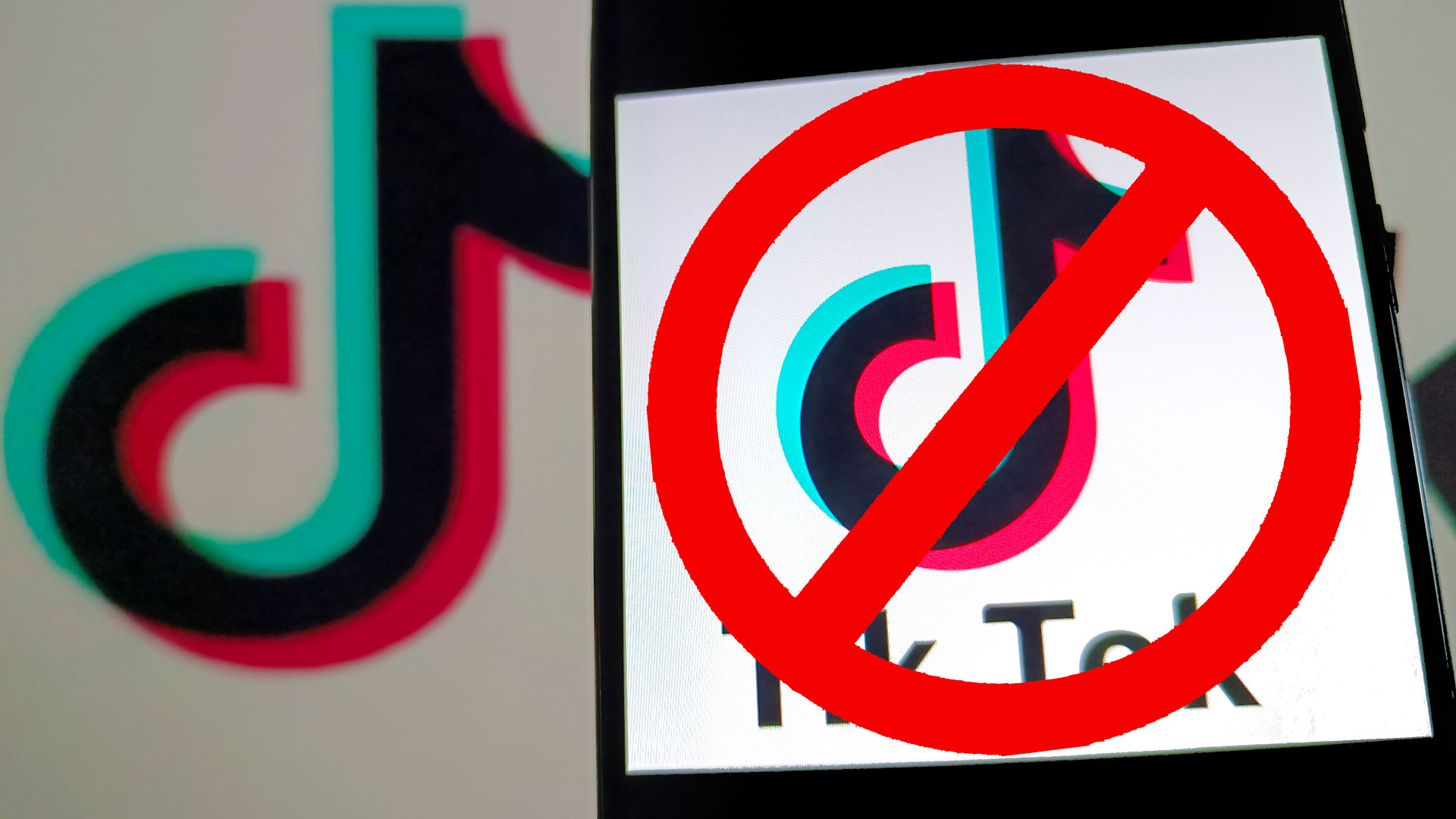












![Rapidus in Talks With Apple as It Accelerates Toward 2nm Chip Production [Report]](https://www.iclarified.com/images/news/96937/96937/96937-640.jpg)

































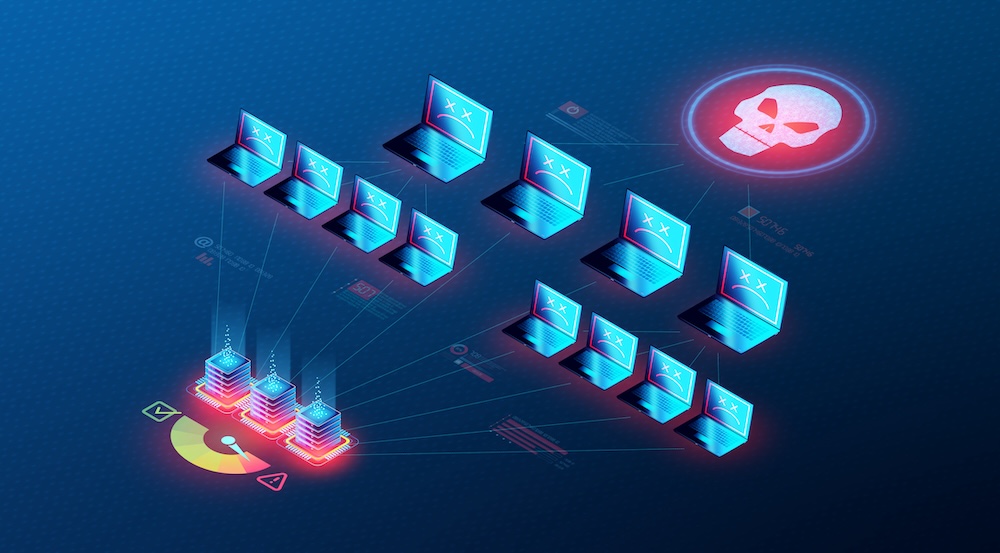



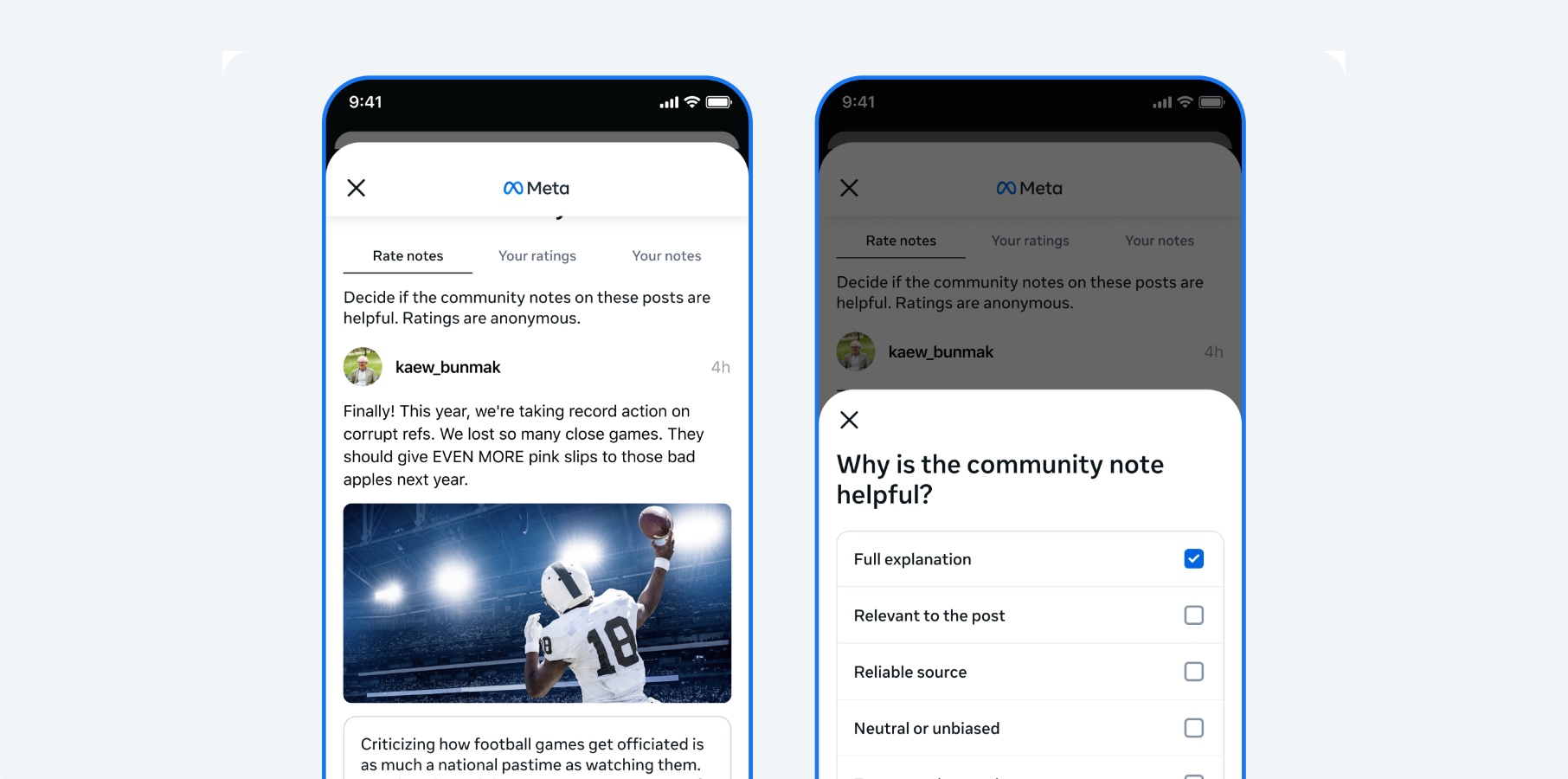







































































.webp?#)
_Christophe_Coat_Alamy.jpg?#)









































































![[The AI Show Episode 142]: ChatGPT’s New Image Generator, Studio Ghibli Craze and Backlash, Gemini 2.5, OpenAI Academy, 4o Updates, Vibe Marketing & xAI Acquires X](https://www.marketingaiinstitute.com/hubfs/ep%20142%20cover.png)






















































































![From drop-out to software architect with Jason Lengstorf [Podcast #167]](https://cdn.hashnode.com/res/hashnode/image/upload/v1743796461357/f3d19cd7-e6f5-4d7c-8bfc-eb974bc8da68.png?#)

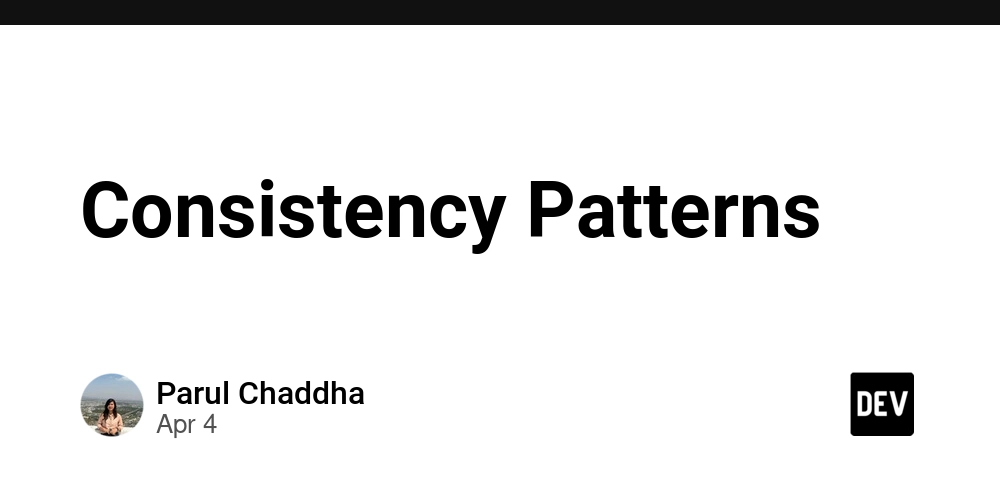







































































-Nintendo-Switch-2-–-Overview-trailer-00-00-10.png?width=1920&height=1920&fit=bounds&quality=80&format=jpg&auto=webp#)


























































